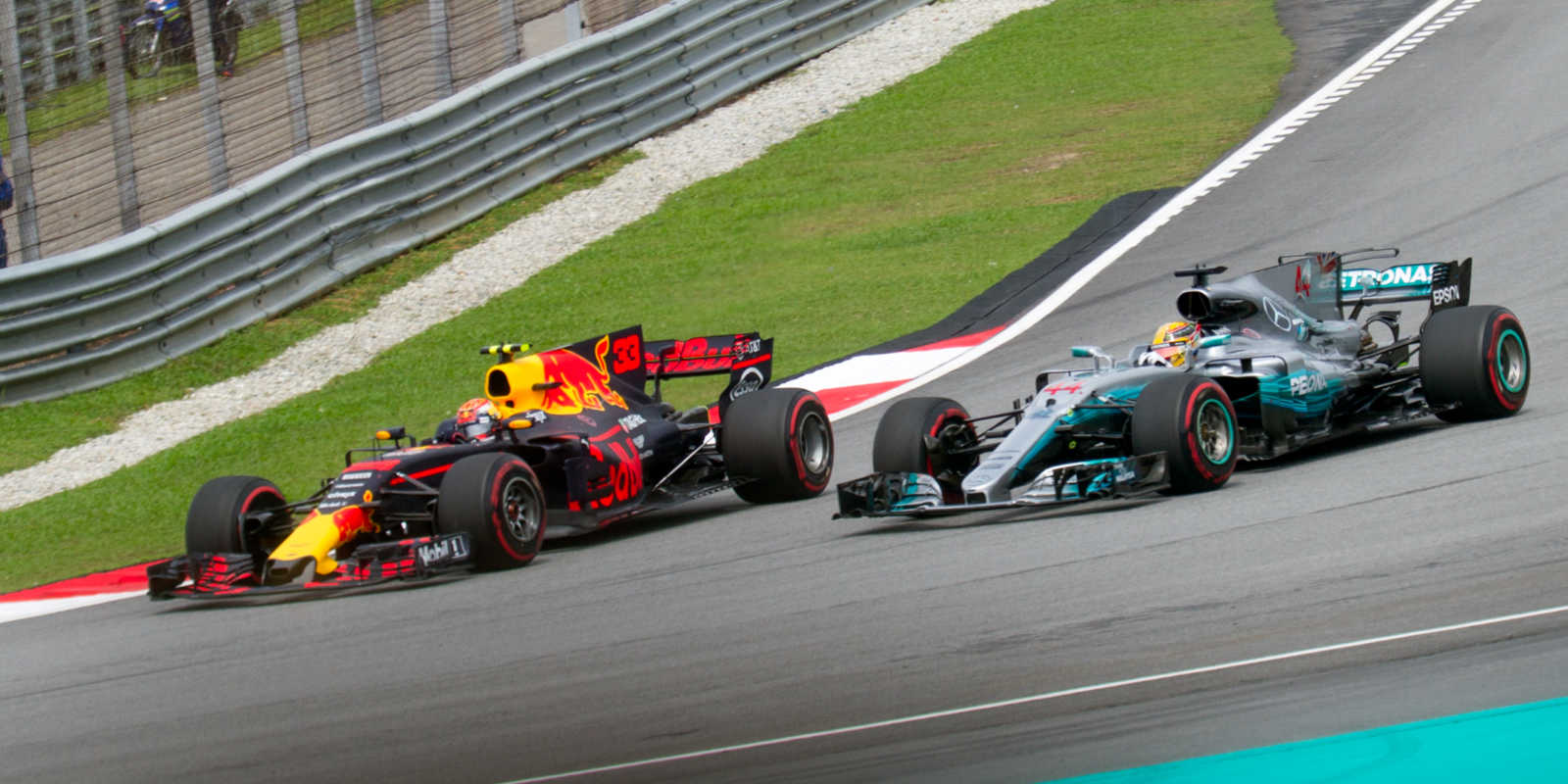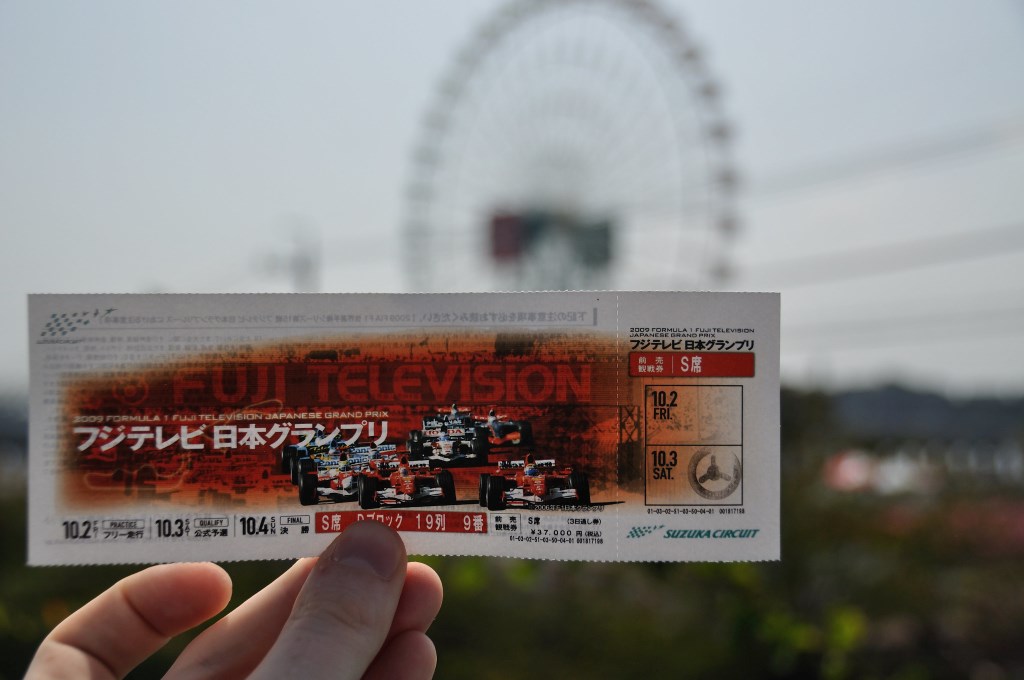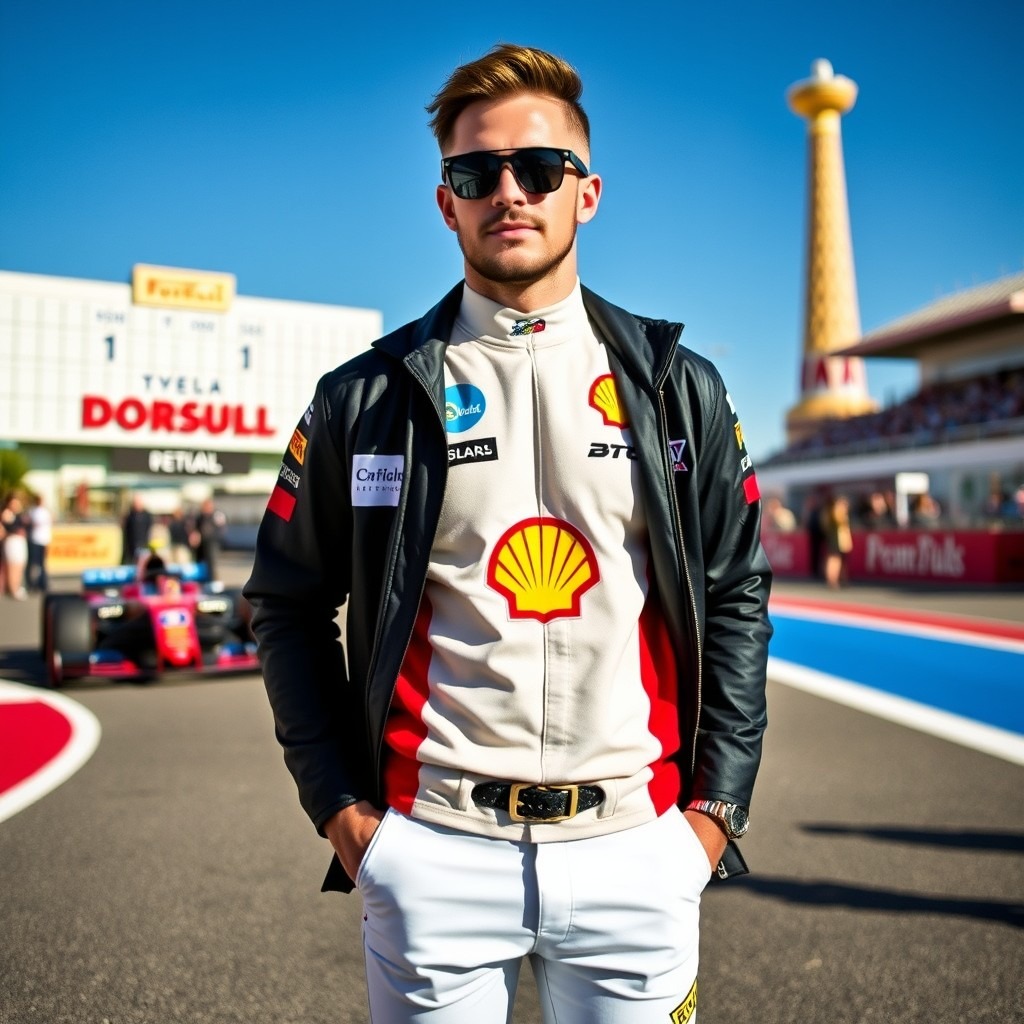The controversies have been part and parcel of Formula 1 for over seven decades. It’s a sport about money, prestige, and decisions at high speeds. Whether the decisions are always right and accepting defeat is an easy thing? Of course not. However, Formula 1 has made crucial steps forward in the rules and regulations, equaling the drivers and teams. So, some of F1 controversies from past were so curious that unlikely can happen these days because of the FIA regulations. Here is why.
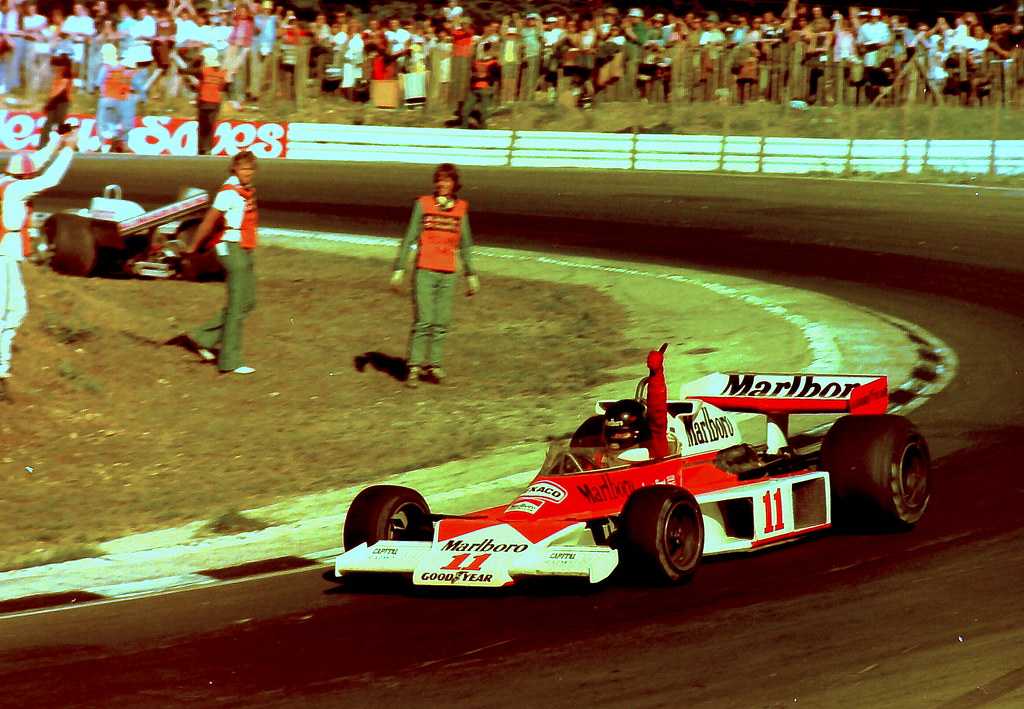
The Restart On The British Grand Prix 1976
Imagine yourself in a time of rough rivalry between two opposite and stubborn drivers. Yes, the 1970s was the age of the duel between Niki Lauda and James Hunt.
Among all races, let’s reflect on the British Grand Prix 1976, which still raising questions.
Qualified in second place, James Hunt dropped back after a poor start. Clay Regazzoni lunged up and broke the rear wheel of Niki Lauda’s car immediately at the first turn, forcing the multiple vehicles to smash into each other, including Hunt, involved in the chaos.
Red flags stopped the race. Puzzled stewards claimed that the drivers only who had completed the first lap could restart the race.
Lauda and Hunt were ready to restart. Both completed the first lap, but the controversy was about Hunt. He had taken a shortcut back to the pits and technically had not crossed the finish line.
Regarding the rules of that time, Hunt should have been disqualified, but British fans were furious, and officials had no choice but to allow the McLaren driver to restart the race on the repaired car. Furthermore, he won the Grand Prix.
What was wrong with the British Grand Prix 1976?
A lot. Let’s suit the terms of current FIA regulations to this race from the past.
Thus, Article 37.6 of the FIA Formula 1 Sporting Regulations describes the red flag’s significance, even if it is primarily about practices. It says: ‘When the signal is given to stop all cars must immediately reduce speed and proceed slowly back to the pit lane.’
So, what did cars have to do after the damage? Traveling to the pits, right? Therefore, Hunt was right. Then why were the stewards allowed to continue the race to cars only to finish the lap? Didn’t they know Hunt couldn’t meet the rules? Of course, they knew.
Someone believes in the conspiracy, but let’s be frank, it was what we call Formula 1 1970s: no clear rules – no thoughtful safety. I think stewards wanted to equal conditions for the drivers, but still. Even so, Hunt had to go to the last field of the grid.
After 2 months, Hunt lost his victory after Niki Lauda’s protest to the FIA.
Why this one of controversial F1 moments cannot happen again? The FIA has tightened the overall rules, regulations, safety, and primarily red flags.
Today, even though it allowed teams to repair the car during the red flag, it is still controversial. Let’s be clear. Everything should be stopped immediately due to the danger when a signal appears on the track. It is what the perfection is.
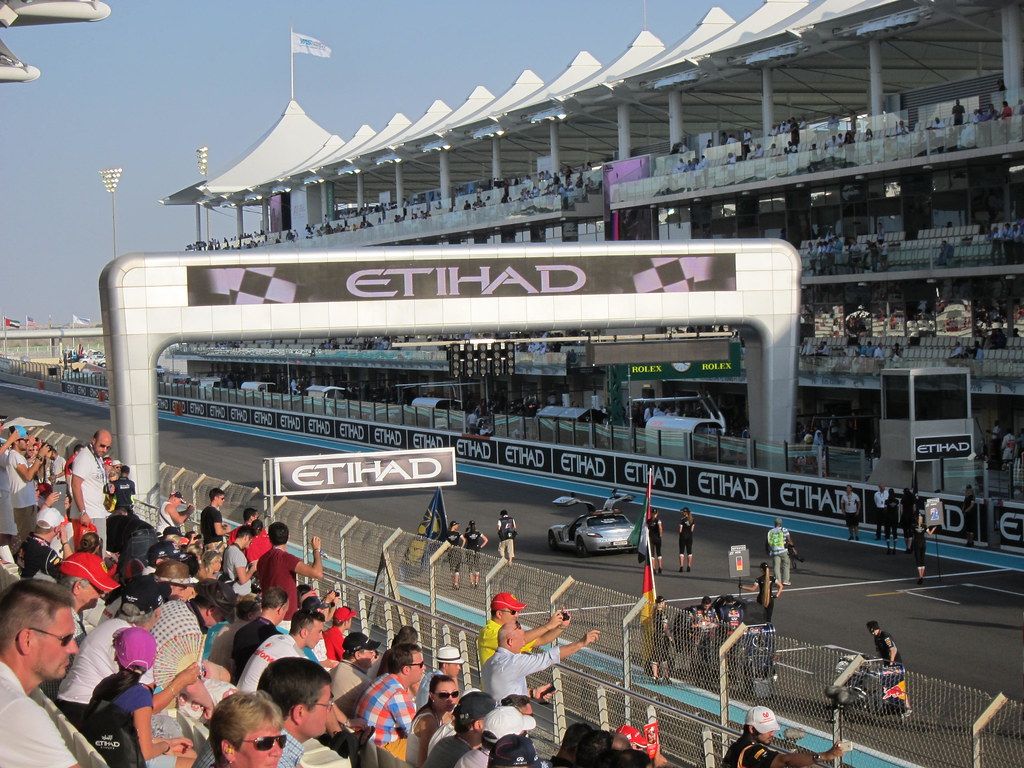
Human Factor At The 2021 F1 Abu Dhabi Controversy
My favorite one among controversies is the epic battle between Lewis Hamilton and Max Verstappen at the last race of the 2021 season in Abu Dhabi. Still, it has left me puzzled, as it was the mix of unclear regulation, emotional excitement, and human factor – the perfect template of exciting Formula 1 race.
Hamilton was on the way to getting the 8th title, while Verstappen for the first one. Two fastest cars on the grid. Red Bull had better downforce, while Mercedes had a higher average speed. Both were on different racing strategies.
Hamilton immediately overtook pole sitter Verstappen and kept saving his tires, but Nicholas Latifi’s crash swept the final seemed to be already decided.
And on lap 50, it led the safety car gathering all the racers, equaling Hamilton and Verstappen with a few lapped cars between them. However, despite the option to change tires, Mercedes chose to Hamilton saved his position, while Verstappen rushed to the pit.
With FIA race director Michael Masi restarted the race on lap 56, he ordered to pass the lapped cars between them, resulting in Lewis losing the victory, as Max’s new soft allowed was enough to overtake and win the championship title.
Why is the Abu Dhabi controversial moment unlikely to happen again?
With setting in the top of the thrilling Formula 1 races, the crucial point of the debates circling was why Mercedes didn’t opt for Hamilton’s new tires and why Masi asked to pass the lapped cars between these two only. That was the focal point.
Traditionally, many had believed in the conspiracy behind. Let’s be honest. He is far from the antihero image that people labeled his name. Neither bad nor good, he was obsessed with the job of race director and was first-hand at any safety issue.
The FIA found it was Masi’s human fault, which cost a lot, causing him to retire from Formula 1. Today, this story is in the past as it is among those F1 controversies unlikely to happen again.
The rules regarding race control have changed. Today, the race director, a course clerk, and stewards’ chairman control the situation on the track.
So, back to our FIA Formula 1 Sporting Regulations and primarily Article 55.10, which says that the safety car shall be used at least until the leader is behind it and all remaining cars are lined up behind him, except in the case if the race direction considers track conditions are unsuitable for overtaking, that you can find in the Article 55.12.
It means the cars form the grid according to their order only.
Furthermore, Eduardo Freitas and Niels Wittich replaced Masi in the race director role, which excludes only one decision if any incident occurs.
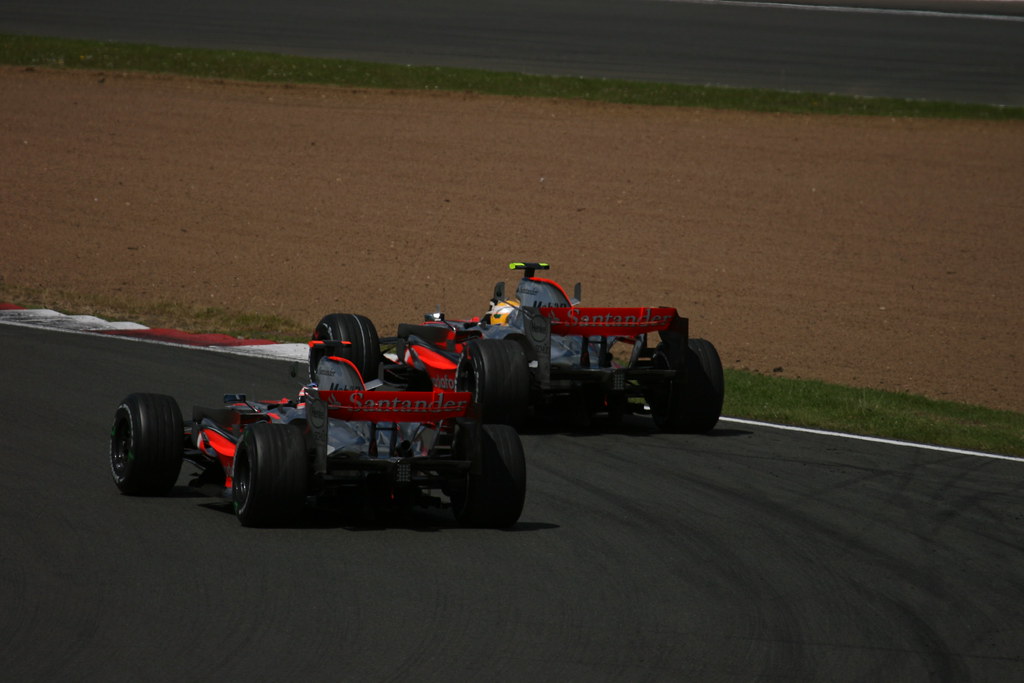
Fernando Alonso And Lewis Hamilton Rivalry: Spoiling Of The Qualifying
It is not a secret that Fernando Alonso and Lewis Hamilton are far from friends, but fewer people know how far. Moreover, even a few remember the origins of such relations between these two. Let’s fill this gap.
The 2007 Formula 1 season started with the battle between McLaren and Ferrari for the constructor championship, and that was the only season Alonso spent alongside Hamilton in one team – McLaren, causing the plans to outdo Ferrari had taken a back seat from race to race, but the Hungarian Grand Prix sparked a chain.
According to the team’s plan, Alonso went to the pits first during the qualification, but Hamilton decided not to wait his turn. McLaren ordered Hamilton to let Alonso pass, but Briton ignored it, resulting in both drivers going together to the pits to change their tires for the final push in Q3.
Alonso reached the box first and changed the tires, but he stopped the car for 10 seconds, causing Hamilton to not complete the lap. The McLaren protested against Alonso, resulting in the Spaniard getting a five-placed grid penalty. Hamilton won the race.
This controversial F1 moment will never happen again because of such moves the FIA carries very strictly, while race control has been tracking each action closely, as it says in the regulation. Article 33.4 warns that at no time may a car be driven unnecessarily slowly, erratically, or in a manner which could be deemed dangerous to other drivers, even potentially.
No one is sure what Alonso said in his turn, but I think, besides the wrong tire compound, he could relied on the technical problems. However, it also couldn’t make the stewards wonder. They have seen a lot a few years ago in the era of Michael Schumacher’s dominance.
‘The Most Unsporting Controversial F1 Moment
Nothing could shadow the greatness of the seven-time Formula 1 champion, but that is how BBC Sport nominated the incident between Michael Schumacher and Damon Hill in Adelaide – the Australian Grand Prix in 1994.
It was the season’s finale, and the tension was palpable as both the drivers’ and constructors’ championships were at stake.
Schumacher placed second and Hill third, while Nigel Mansell led the grid in Saturday’s qualifying. Soon, Schumacher took the lead, but Hill aimed to make his breakthrough on lap 36.
Hill had already caught Schumacher, but Michael threw his Benetton car off. Schumacher hit a wall with his right side wheels and pulled back onto the track to drive into Hill’s Williams – to front left suspension wishbone.
Both retired and failed to score points, but Schumacher secured the Formula 1 championship title, as he had a score advantage in the drivers’ standings.
The Elephant In The Room
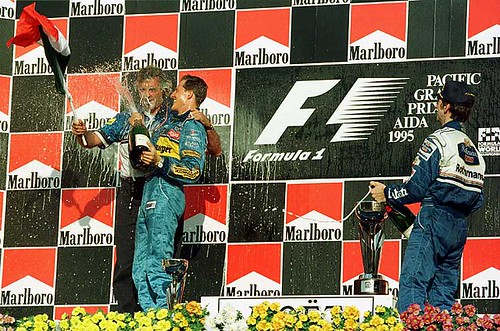
The controversy of the incident in Adelaide lies under a small detail – the technical malfunction of Schumacher’s car. So, despite it being Michael’s fault, the results weren’t so evident.
Schumacher maintained that it was a racing incident, while Hill revealed his truth after the years. He explicitly accused Schumacher of deliberately driving into him to win.
However, the entire 1994 Formula 1 season was full of controversies, from illegal fuel fillers to using traction control during practice, which means the race-controlling system didn’t work enough. It explains why the teams and drivers could act so bravely.
However, today same tricks don’t work. The entire chapter of the FIA Sporting Regulations is dedicated to what is allowed and not for the drivers. Overall, the controversy is concerned with Article 33.4, the driver’s action that implements the danger for the other.
However, Chapter 54 discloses penalties for the actions that stewards may consider against the rules.
If you try the ‘Incidents During the Race’ chapter regulations to suit the incident in Adelaide, you will find soon that Schumacher would be immediately under investigation until the end of the race and be disqualified shortly after.
Yes, if it were so, Hill would be the 1994 Formula 1 champion.
Therefore, it is impossible something similar can happen these days.
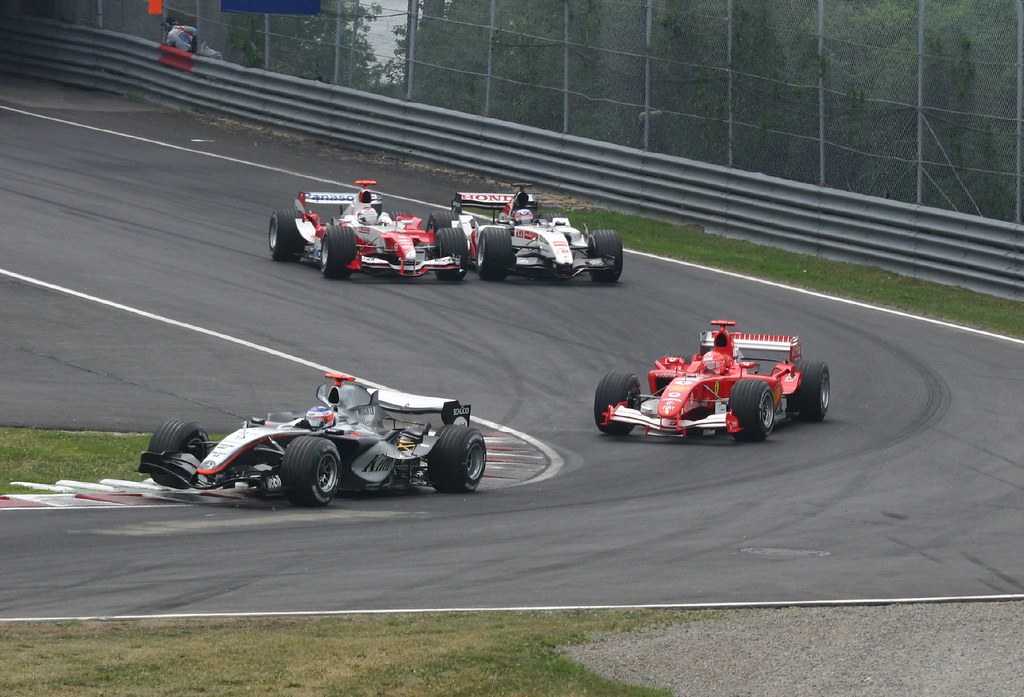
The Tire Fiasco
Another debatable incident made the Indianapolis Grand Prix 2005 a controversial Formula 1 race of the past.
At the time, along with Bridgestone, Michelin was another tire supplier. So, it started with the Michelin-wheeled Toyota of Ralf Schumacher crashing badly in Turn 13 due to a failure of his left-rear tire in the practice session. Schumacher ended up in the hospital after breaking his back.
Regarding safety reasons, seven teams requested the FIA to right up the chicane at the final corner, which would slow their cars down and make it safe enough to run, but the Federation denied the ask.
No wonder that the following day, 14 Michelin-wheeled cars were pulled into the pits at the end of the formation lap due to safety concerns, causing only six cars to compete in the race.
Go figure out who was at fault, as the disadvantage of one meant the advantage for the rest. However, the answers will be clear if we look at the scene from the current regulations’ perspective.
To Be Or Not To Be: Why Is The F1 Controversy Unlikely To Happen Again In Formula 1?
First of all, due to the FIA Formula 1 Technical Regulations, there are requirements for the tire described at any point, such as diameter, rotation, and weight.
Furthermore, Article 10.8.2 says: ‘All tires must be used as supplied by the manufacturer, any modification or treatment such as cutting, grooving, the application of solvents or softeners is prohibited.’
Moreover, its specifications can’t be changed without the Formula One Commission’s agreement.
It means that the safety issue is the duty of the tire supplier and FIA technical delegate. Therefore, any incident, or how it happened with Ralf Schumacher, would go under investigation by the delegation soon.
Moreover, if most F1 teams found the turn unsafe, the FIA must figure out, checking with electronic technologies or other tools and devices on the reasonableness of the objection.
Frankly saying, the chicane must be changed. And that is what they do today.
Just as an example, the regulations, including the safety requirements, have changed over the years. Therefore, you can find that even the Spa-Francorchamps circuit is also changing to fit the safety concerns.
So, unlikely it was hard to reorganize the chicane before the Indianapolis Grand Prix 2005 race, but there were no additional resources to make it right and fast.
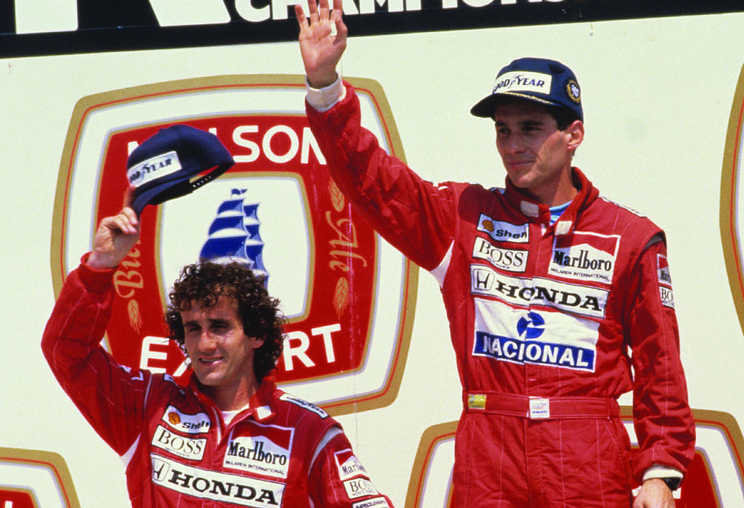
The Unsafety Actions between Alain Prost and Ayrton Senna
You wonder if applying Article 33.4 of the current FIA Formula 1 regulation to loud cases from the past, the results of at least one of the championships, 1990. Of course, this story needs an intro.
As often happens, the friendship between drivers has changed since they became teammates. Sam occurred between Alain Prost and Ayrton Senna at McLaren.
Thus, on the Japanese Grand Prix 1989, Senna was fastest in qualifying while Prost took second, but Prost turned into Senna’s car on lap 47 and threw him off the track. Senna moved to the pits to repair his McLaren, but stewards disqualified him. Taking the current regulations on, it was for a reason, or better to say ‘unsafety actions,’ as he cut chicanes and raced aggressively.
On the other hand, Prost didn’t differ with exemplary behavior and should be also disqualified, but he didn’t. Instead, he became an F1 1989 champion. No wonder that Senna aimed to take vengeance.
So, on the Japanese Grand Prix the following year, Senna took the pole in Saturday’s qualifying, but he was furious to know that the polesitter would start on the dirty inside of the grid.
Yes, Prost got the better start on the clean side of the track, extending his lead as they swept into the first corner. As soon as he lifted in, Senna blocked into the back of Prost’s Ferrari at about 240km/h. Two cars crashed over the barriers in turn one’s gravel trap, and Senna won the title of Formula 1 champion in 1990.
Why The Controversy Actions Unlikely to Happen Again?
To realize it is impossible to see in Formula 1 these days, let’s try current regulations to suit the debatable Japanese Grand Prix 1990. Thus, you will find out that already on Saturday, Senna would take the caution.
Regarding Article 16.1, he would be given the instructions, and if he disagreed with the rules, he could even get a penalty, as it says in Article 18.1, as the stewards are the officials of the FIA Formula 1.
It says that the stewards may impose the penalties set out in the Sporting Regulations in addition to or instead of any other penalties available.
He would lose the pole, resulting in Prost becoming the world champion. And, even if not the grid penalty, the incident by Senna would be under investigation, causing still Prost to take the title.
Takeaways
Making the right decisions fast, even at contentious moments, is the target goal of each one at the grid, but the desire to be faster at stunning speeds and the million dollars at stake force people to make mistakes willfully and not. That is the stumbling block of any stir in Formula 1.
Thus, from controversial rivalries between Prost and Senna to the safety issues and racing behavior, one way or another, many F1 controversies in the past are related to human factor error, which was just a result of the lack of clear rules. And many are unlikely to happen again.
Because, the FIA Formula 1 made a valuable step towards safety and regulations, describing every possible occasion. Moreover, the officials of the FIA got more duties and became the persons fully responsible at any point of the incidents, even between the drivers.
Furthermore, the responsibilities of the Formula 1 delegation’s officials can be appealed today, which is impossible to imagine for about three decades ago. And Michael Masi’s retirement from Formula 1 is just an example.
However, there is also the other side to the issue. Sometimes, bureaucracy steps in the investigation of one or another case, putting organizing issues first. Like it or not, it is a necessary part of such a thrilling and expensive sport.
Therefore, applying the current regulations may change many controversial moments from the past and even change the results. However, digging this way, we can go as far as reaching Felipe Massa’s case. Furthermore, at some point, we can determine that Massa eventually could be a champion. However, it is quite another story.
References
- FIA Formula 1: 2024 FORMULA ONE SPORTING REGULATIONS (September 26, 2023) https://www.fia.com/sites/default/files/fia_2024_formula_1_sporting_regulations_-_issue_1_-_2023-09-26.pdf
- FIA Formula 1: 2024 FORMULA 1 TECHNICAL REGULATIONS (APRIL 25, 2023) https://www.fia.com/sites/default/files/fia_2024_formula_1_technical_regulations_-_issue_1_-_2023-04-25.pdf
- Wikipedia: ‘2005 United States Grand Prix‘ https://en.wikipedia.org/wiki/2005_United_States_Grand_Prix
- Motorsport, Jonathan Noble and Filip Cleeren ”WHY SPA RENOVATION SHOULD ADDRESS EAU ROUGE’S BIGGEST SAFETY CONCERN‘ (August 29, 2021) https://www.motorsport.com/f1/news/why-spa-renovation-should-address-eau-rouges-biggest-safety-concern/6655381/
- Motorsport Magazine, Denis Jenkinson ‘1976 British Grand Prix – Well up to standard‘ (July 7, 2014) https://www.motorsportmagazine.com/archive/article/august-1976/25/the-british-grand-prix-7/
- Motor Biscuit, by Amanda Cline ‘Should Repairs Be Banned on Formula 1 Cars During Red Flags?‘ (July 25, 2021) https://www.motorbiscuit.com/repairs-banned-formula-1-cars-red-flags/

